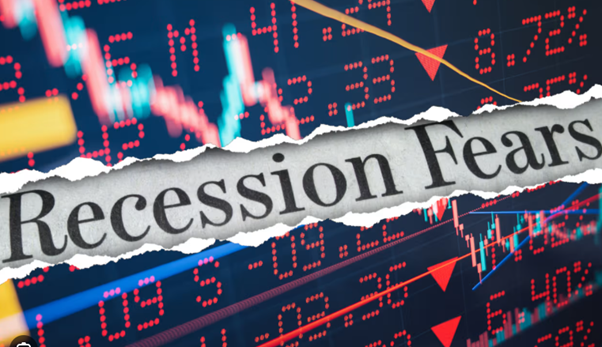The Recession That Never Arrived—and Why It Still Might
Back in early 2023, many economists sounded the alarm: rampant inflation, aggressive US Federal Reserve interest rate hikes, and the hangover of pandemic-era distortions were expected to plunge the global economy, particularly in the U.S., into recession.
Inversions of the U.S. Treasury yield curve—one of the most historically reliable recession indicators—reinforced that warning. Yet, by mid-2025, the feared downturn still hadn’t come to pass. Why?
What Held the Recession at Bay
Firstly, pandemic quirks and fiscal resilience played a role. Households maintained strong spending power, and governmental support remained robust, allowing consumption to stay afloat longer than anticipated.
The yield curve inversion, while dramatic (a deep and prolonged inversion began mid-2022), proved less predictive than in the past. Growth continued, and surveys found many economists doubting its signal this time around.
Moreover, markets—shares and bonds—are signalling something surprising: confidence. U.S. equities hover near record highs, bond markets aren’t pricing in recession, and analysts speak of a possible "soft landing" or even a "no-landing" scenario.
Even famed pessimists have pivoted. Economist Nouriel Roubini once labelled “Dr. Doom,” now forecasts solid growth ahead, slashing his recession probability to just 25%. He attributes the shift to AI-led productivity gains and detente on the trade front.

Why the Delay—and Why the Risk Isn’t Gone
Forecasters misjudged the timing. Many expected recession early—but resilience in spending, a strong labour market, and fiscal buffers delayed the downturn, turning it more into a "vibecession": a psychological slowdown that hasn’t yet materialized in hard economic data.
Yet risks remain tangible. U.S. inflation has dipped but remains sticky; tariffs and trade tensions still pose uncertainty.
What the Next 6–12 Months Could Hold
- Soft Landing / No-Landing: If consumer strength, tech earnings (especially AI-driven sectors), and steady labour markets persist, the economy may continue trudging along with modest growth.
- Stagflation or Soft Patch: Rising inflation or renewed policy missteps (such as fresh tariffs) could trigger stagflation, where growth slows as price pressures persist. Morgan Stanley and others warn of concentrated sectoral growth and inflation risks.
- Delayed Recession: If downside risks—tighter credit conditions, global slowdown, geopolitical shocks (e.g., renewed trade wars or Middle East unrest)—gain traction, a recession could still land later in 2025 or early 2026.
Final Thoughts
The recession many thought inevitable in 2023 was postponed—not vanquished. Strong consumer spending, resilient markets, and timely interventions held off the downturn. But risks still loom, and the next 6 to 12 months are pivotal. Data like inflation trends, US Fed decisions, jobs reports, and corporate earnings will determine whether economies continue chugging forward—or finally succumb to the slowdown.
Copyright © 2025 Coastline Private Wealth, All rights reserved.
Our mailing address is:
PO Box 2082
Churchlands WA 6018







